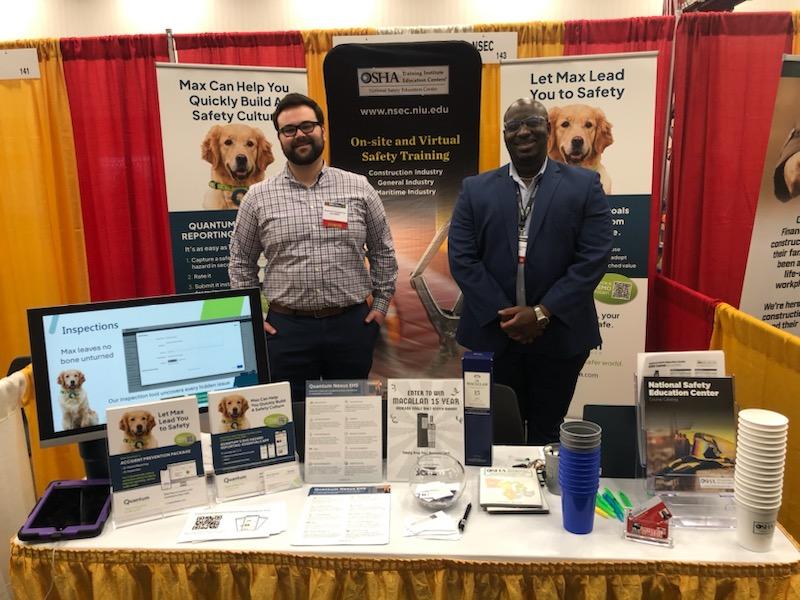What is GHS?
The United Nations (UN) adopted the Globally Harmonized System of Classification and Labeling of Chemicals, known as GHS, in 2003. According to GHS standards, hazardous chemicals must be given GHS labels detailing their contents and precautions. The full text of the GHS can be found on the United Nations’ website.
In 2009, OSHA aligned its Hazard Communication Standard (HCS) with GHS regulations, meaning that all chemicals in the United States must follow these same rules. The OSHA GHS standard has been in place since then, but recent changes to GHS labeling requirements mean that all old MSDSs must be converted to a new format by 2015.
What’s the Difference Between MSDSs and SDSs?
Short answer: there will be no difference after June 2015. Currently, all chemical hazard sheets are referred to as Material Safety Data Sheets (MSDSs) under OSHA’s Hazard Communication Standards (HCS). Under new GHS conversion standards, all chemical safety data sheets will be referred to as Safety Data Sheets (SDSs) and have 16 main sections of information.
Companies still will have to maintain an SDS for every hazardous chemical and make them available to employees, as per current OSHA standards. Sheets in the GHS format will be easier to read and will be globally regulated, making training and cross-reference simpler. There are currently very few international standards, but the new GHS-formatted safety data sheets will facilitate the ease of information exchange between companies from different countries.
The business reality – Should we convert the MSDSs ourselves?
Currently, MSDSs have no standard format. OSHA estimates that about a million Material Safety Data Sheets (MSDSs) in circulation will need to be revised in order to meet GHS labeling requirements. Here are a few things you need to consider before deciding how you want to convert your MSDSs.
1. The GHS document, which is also known as the purple book is a 580-page long document. To convert the documents, you must first go through this thick book to understand the guidelines and requirements.
2. Not only will sheets need to be redesigned and updated for OSHA GHS standards, but you will also need to be distributed to employees who must then be properly trained in the new hazard labeling.
3. Finally, you need to calculate the “true cost” of converting the MSDSs in house by factoring in the “opportunity cost”. This refers to the time loss of your employees doing the document conversion, rather than their daily responsibility.
If you do not have to focus on examining your current Safety Data Sheets (SDSs) and examining what changes need to be made, evaluating those changes and then combining them with updated GHS information, you will face significantly fewer challenges in the transition and be better able to focus on your daily operation and implementing the newly GHS-compatible documents in the workplace.
Why should I consider outsourcing the GHS SDS conversion project?
• When your company transitions from MSDSs to GHS SDSs, procedural and documentation activities will have to be redesigned to include the new format.
• The GHS compliance timeline includes provisions for employee training and business interactions as well as actual conversion processes, meaning that time and resources within the company must be spent on enforcing new rules.
• With the time commitment your company dedicates to excellence, time-consuming SDS authoring practices are impractical on a day-to-day basis.
• By outsourcing the GHS conversion to a company with highly practiced MSDS software like Quantum’s, you are making the choice to save time and internal resources, allowing you to meet GHS compliance dates easily.
When Should You Act?
The deadline for converting to OSHA GHS standards may not be until June 1, 2015, but you should act to become GHS compliant as soon as possible. The new standards not only dictate the change in hazardous chemical labeling but also mandate new Globally Harmonized System training for all employees. The sooner you make the change to updated OSHA chemical labeling, the more time you will have to familiarize yourself and your staff with the new formatting of the safety data sheets and the specifics of the new hazardous chemical labels.






